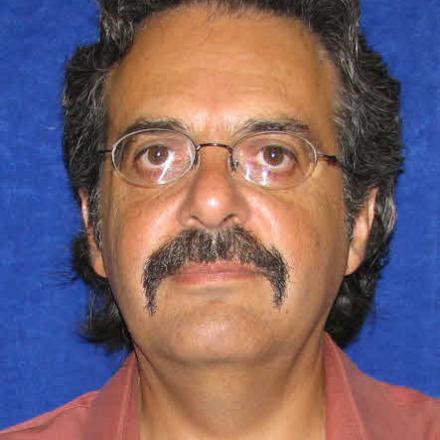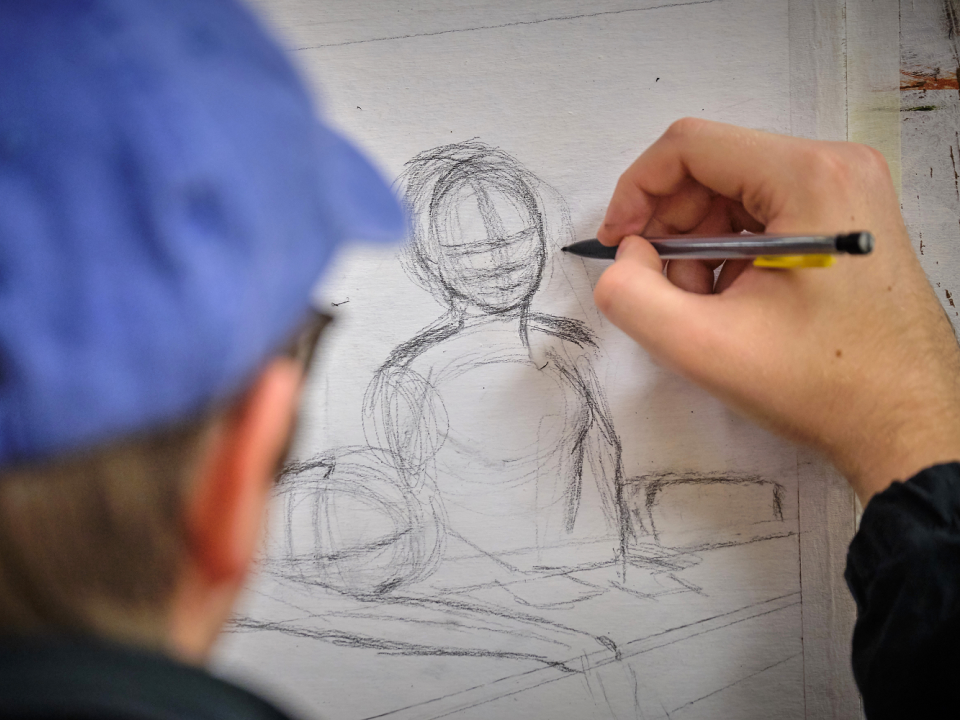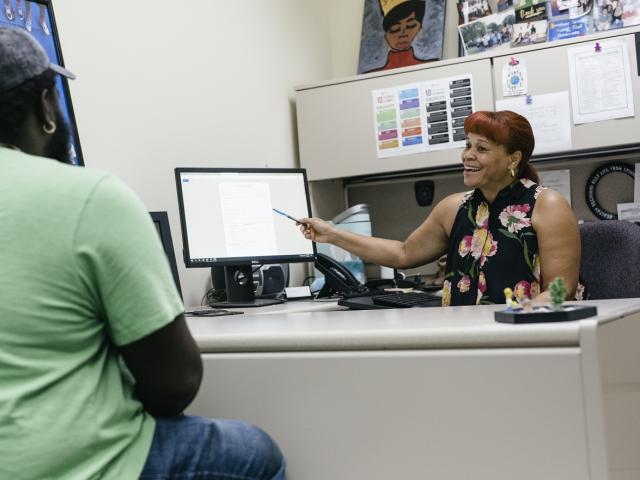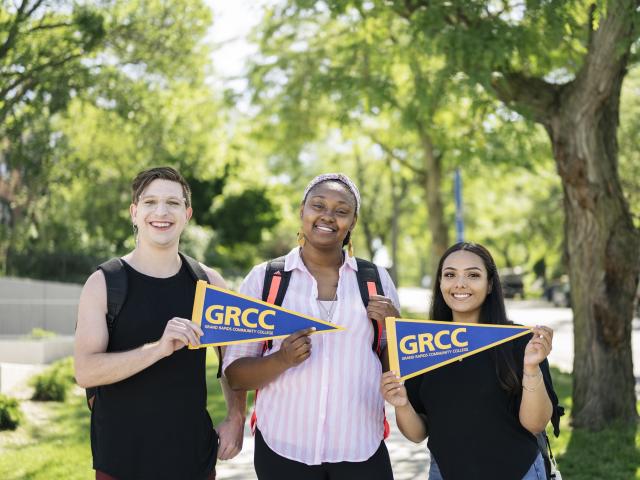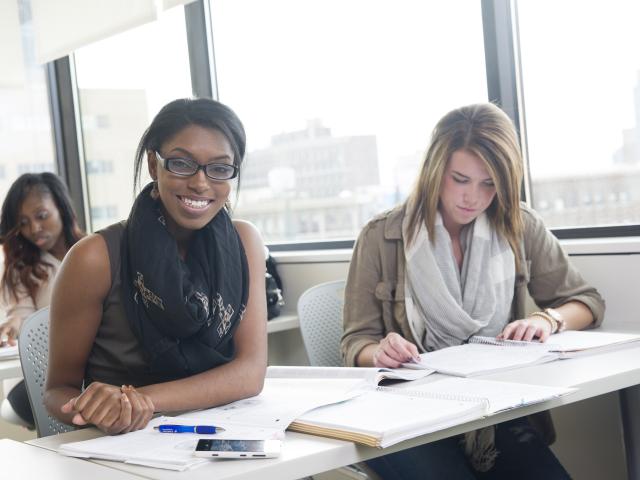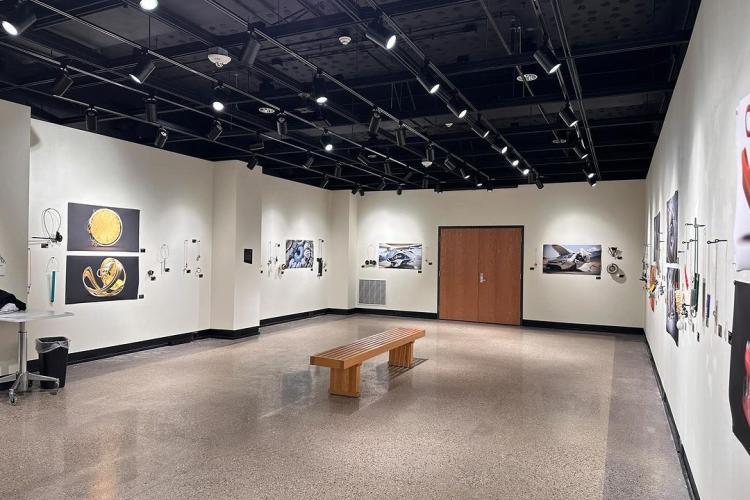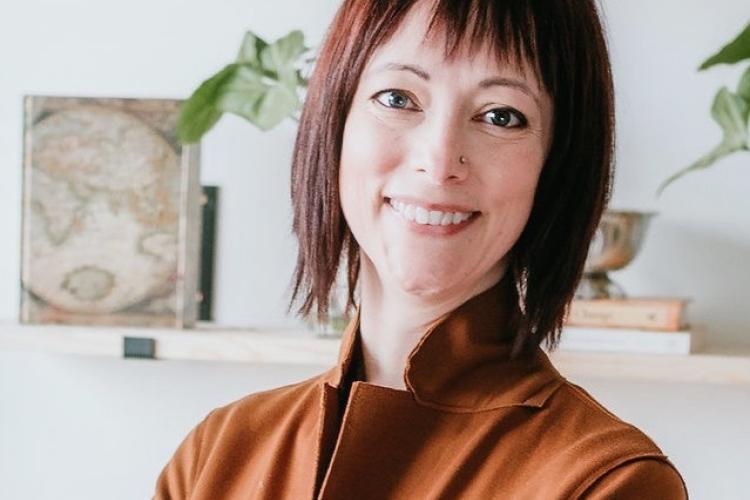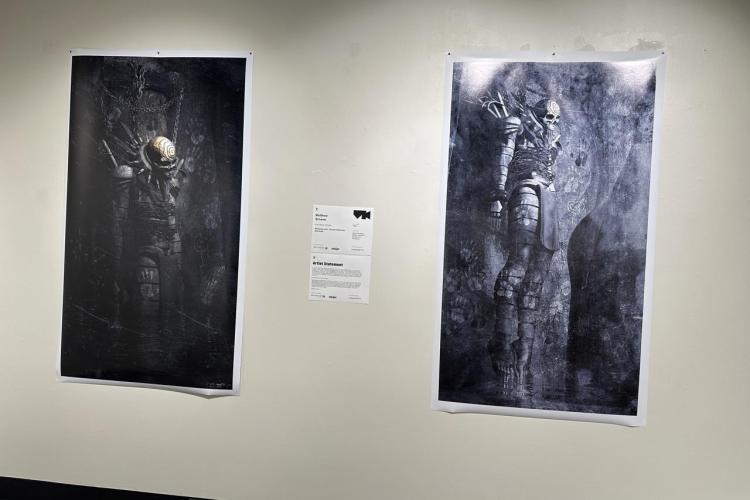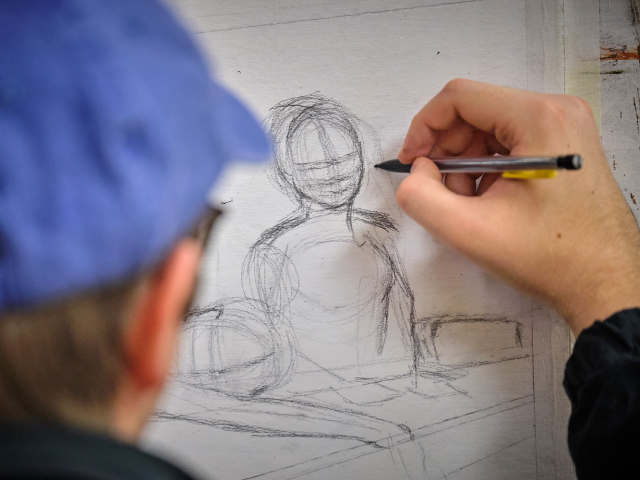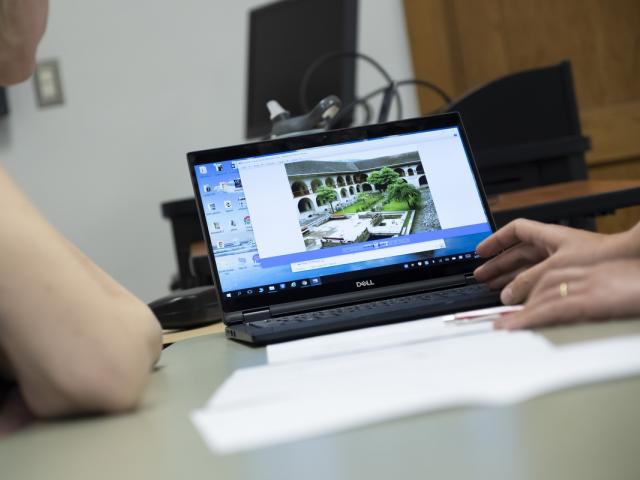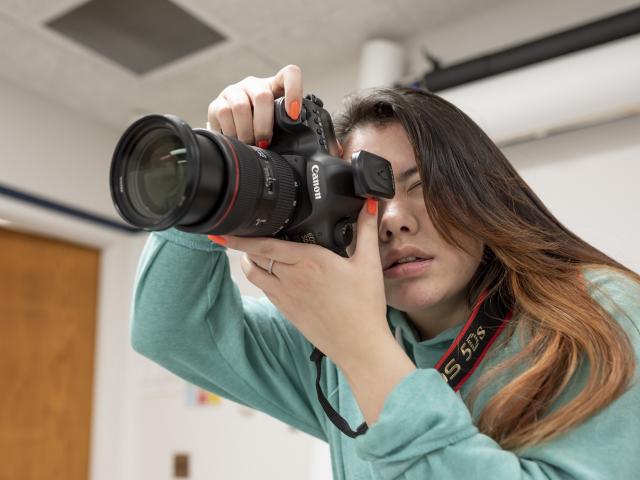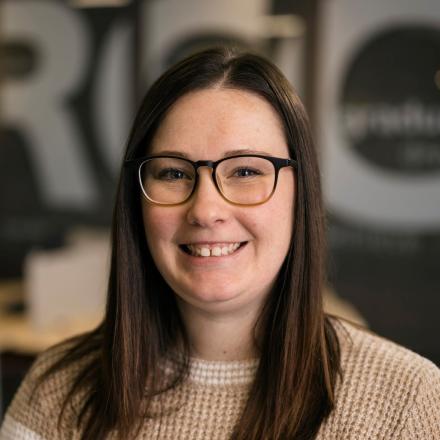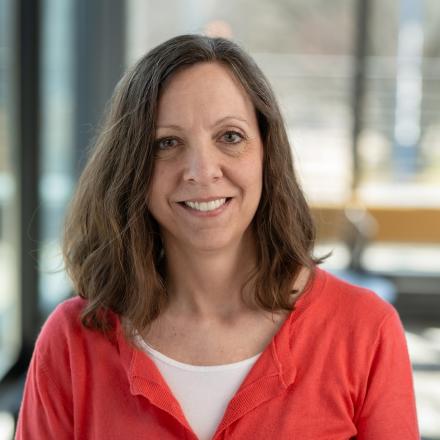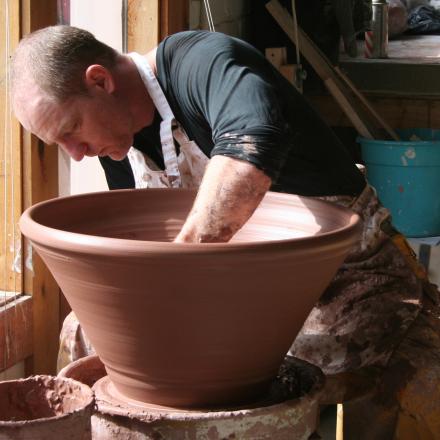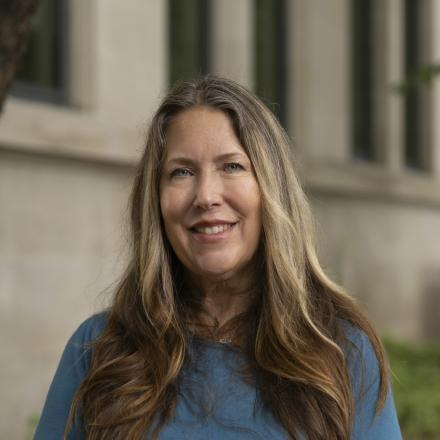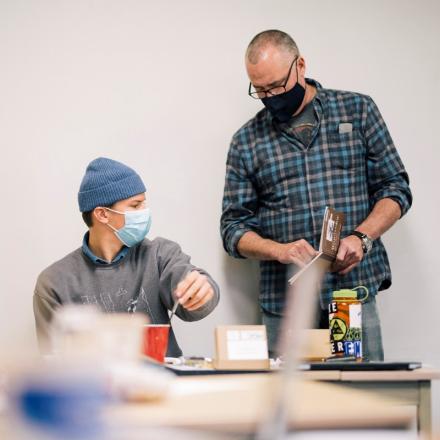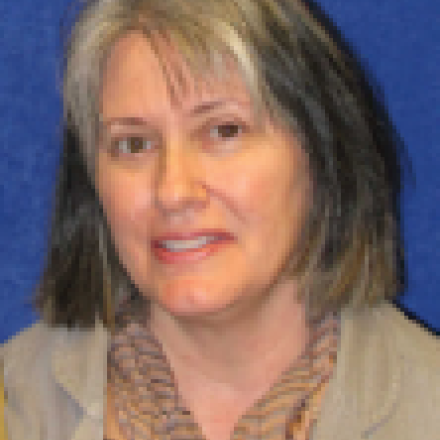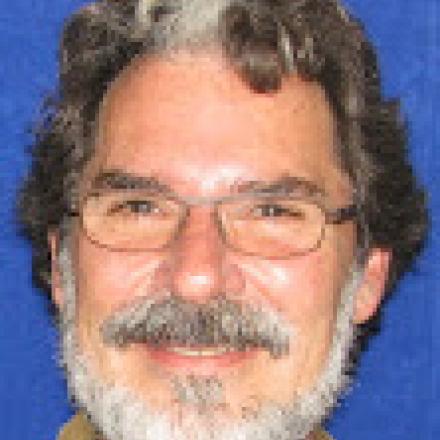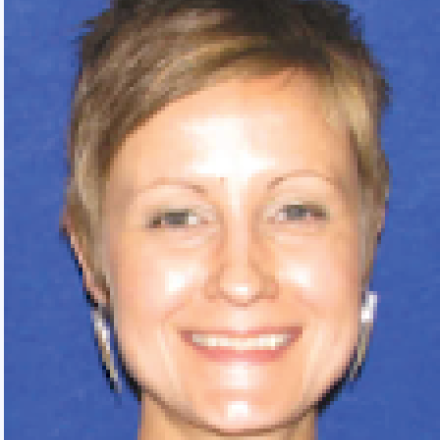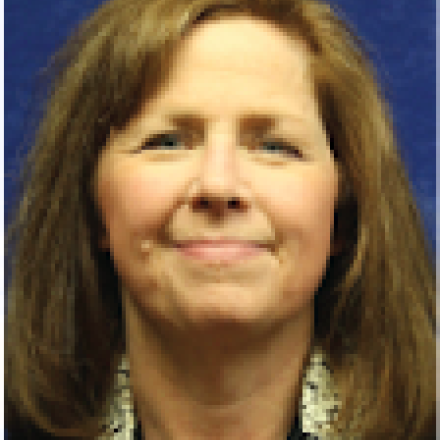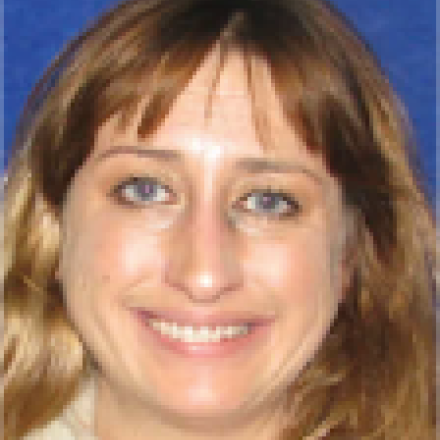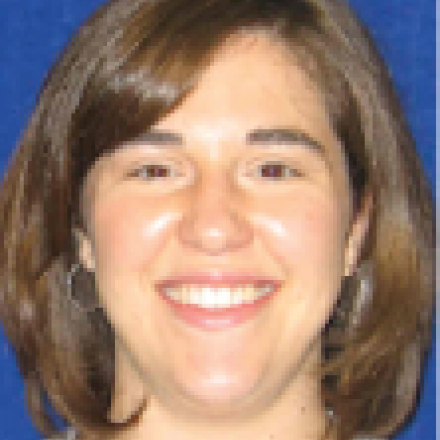We foster artistic growth, enabling students from diverse backgrounds to develop specific skills, personal expression and appreciation for art. Students and faculty contribute to the continuing the vitality of the arts in our community and beyond through creative work and service.
Why Visual Arts at GRCC?
- Highly transferable degrees.
- A faculty of accomplished artists and arts advocates.
- The opportunity to exhibit your artwork in the Collins Art Gallery.
- Immersion in the world of art with visiting artists' exhibits and lectures from across the globe.
- You'll learn to think creatively and solve visual problems, no matter the media or material.
Learning and practicing art leads to innovative thinking. With a Visual Arts degree, you will learn to be a creative problem solver no matter your academic or career goals.
Areas of study
Accreditation Information
Accreditation
In July of 2015, our Visual Arts department was reaccredited by the National Association of Schools of Art and Design. The new accreditation runs through the 2023-24 academic year.
The NASAD evaluators found GRCC’s Visual Arts programs to be very successful. They had the highest praise for our faculty.
Both of the site visitors noted that the student work on display in the department and in the Collins Art Gallery, particularly in the areas of photography, drawing and painting, frequently showed a level of achievement beyond what they witnessed from students in their 3rd and 4th years at their own institutions.
Goals and Objectives
To achieve our mission, all aspects of our department and staff are dedicated to student success and program excellence through continuous improvement.
- Serving Students (degree and transfer, personal interest, and developmental learners).
- curricular programs that foster academic breadth and skills training for success in arts/general employment and/or transfer to baccalaureate degree programs.
- learning opportunities that are flexible and support alternative learning rates and styles, and an openness to other learning possibilities.
- one-to-one student mentoring and advising with art faculty.
- training in safety and health hazards and procedures appropriate to use of art materials and equipment.
- opportunities for portfolio reviews, exhibitions, publications, and community service.
- Improving curricular programs
- offering A.A. Liberal Arts degrees and A.F.A. Pre-Professional degrees in Fine Arts and Photography.
- offering sequential classes in art history, basic studio in art/design, and emphases in ceramics, drawing, painting, and photography.
- collaborating with Teacher Education at GRCC and other curricular programs.
- offering art history classes that also fulfill Humanities requirements for all GRCC degree/certificate programs and MACRAO transfer agreements.
- seeking new and updating existing transfer agreements with 4-year institutions
- ensuring that our programs and policies comply with the standards and guidelines of national accrediting organizations and national professional arts associations.
- selecting and including multicultural and global references into art history and studio curricula.
- Improving learning environments
- providing space facilities, equipment, and technology appropriate to support curricular offerings.
- promoting the health and safety of our students and the environment by responsible risk management of our studios, fine arts materials, and photographic chemicals.
- managing instructional resources (slides, videos, disks), student works archive, and art gallery collections.
- ensuring program and policy effectiveness by ongoing strategic planning, evaluation reviews, and projection studies.
- promoting positive ways of social interaction, self-confidence in ability to exchange ideas and opinions with others, capacity to deal with multi-ethnic, multiracial backgrounds, and confidence that one can be of value to the community and in turn learn from it.
- Improving professional development
- assessing teaching strategies, alternative pedagogies, and program offerings to meet current and future student/community needs.
- ensuring professional currency of faculty knowledge and skills by participating in new technology training, studio workshop or research opportunities, and professional national art organizations.
- ensuring professional credential standards of faculty by requiring terminal degrees (M.F.A./Ph.D.) and/or appropriate professional expertise.
- Serving the community
- promoting student volunteerism in the community.
- promoting GRCC Art Gallery with its mission dedicated to providing diverse, high-quality exhibitions for the education and inspiration of the college and community.
- encouraging active faculty collaboration with our transfer and business partners (e.g. as exhibiting artists. guest lecturers, advisory committee members, as exhibition jurors, and workshop organizers).
More information at GRCC Mission and Values
Current students
Future students
Student Events
Testimonial
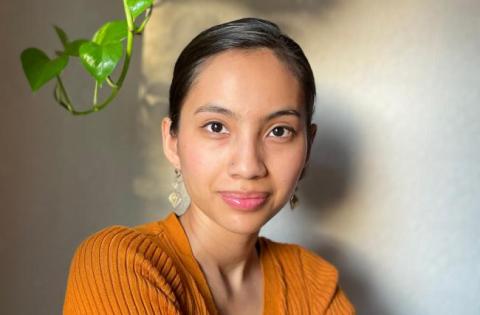
Programs in this Department
Faculty & Staff
Leadership
